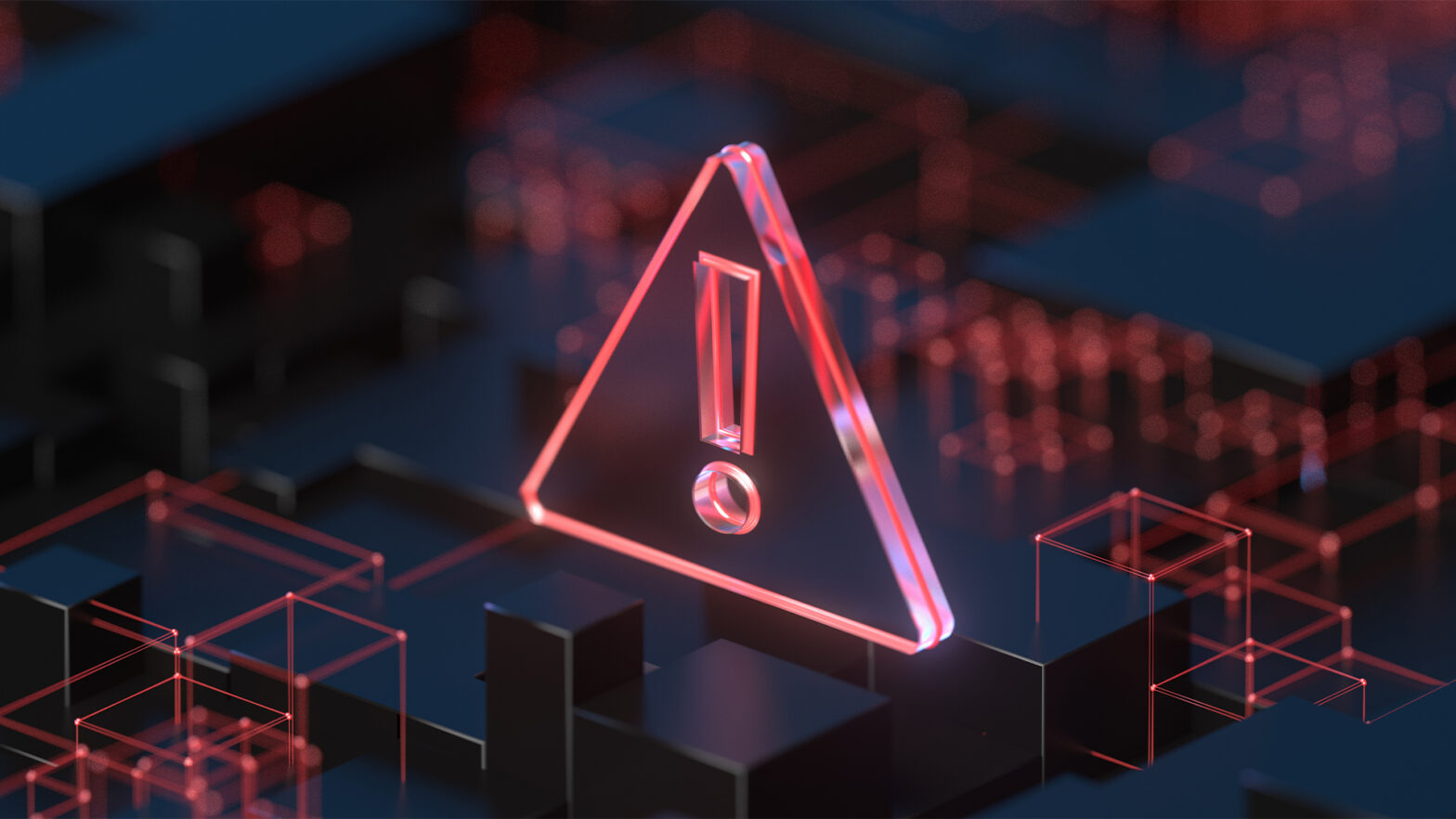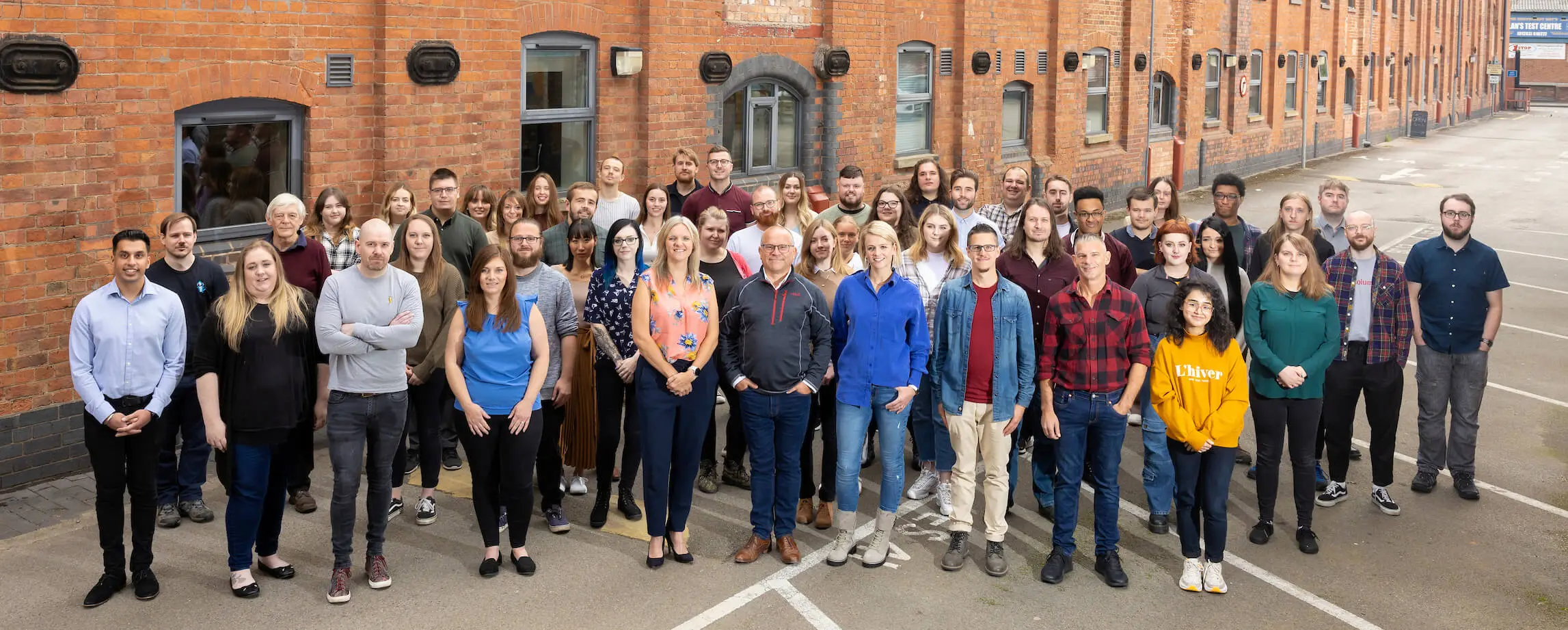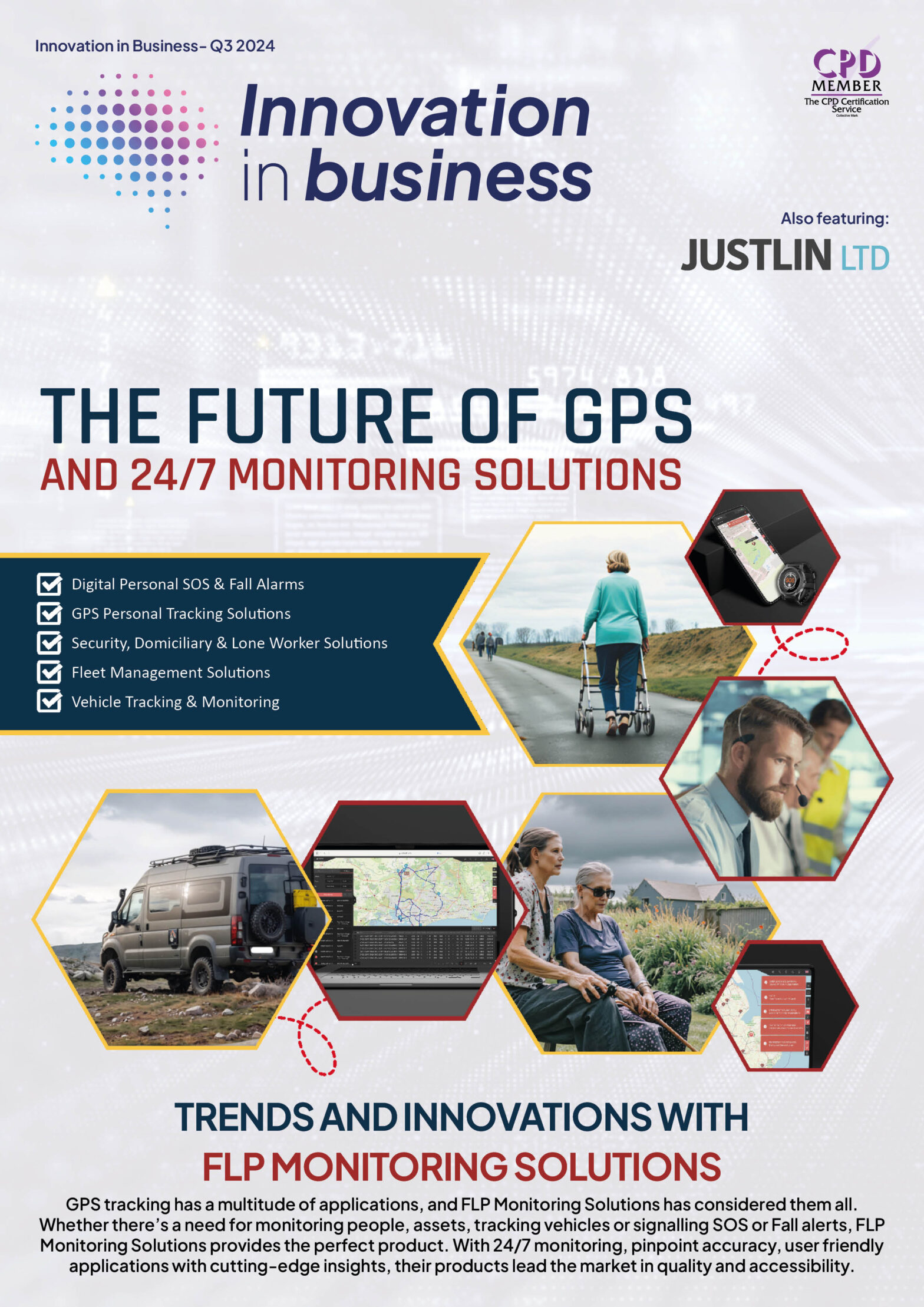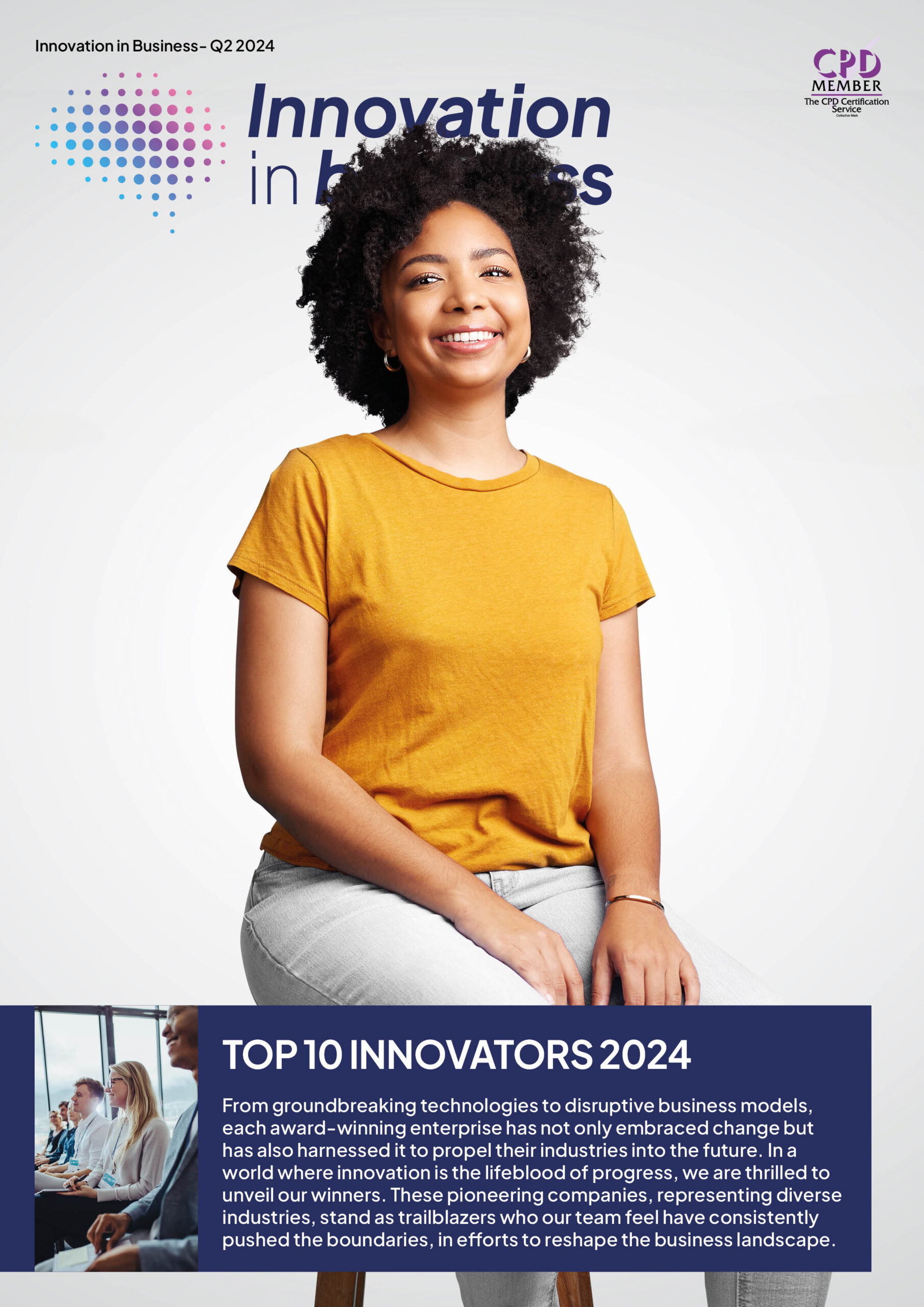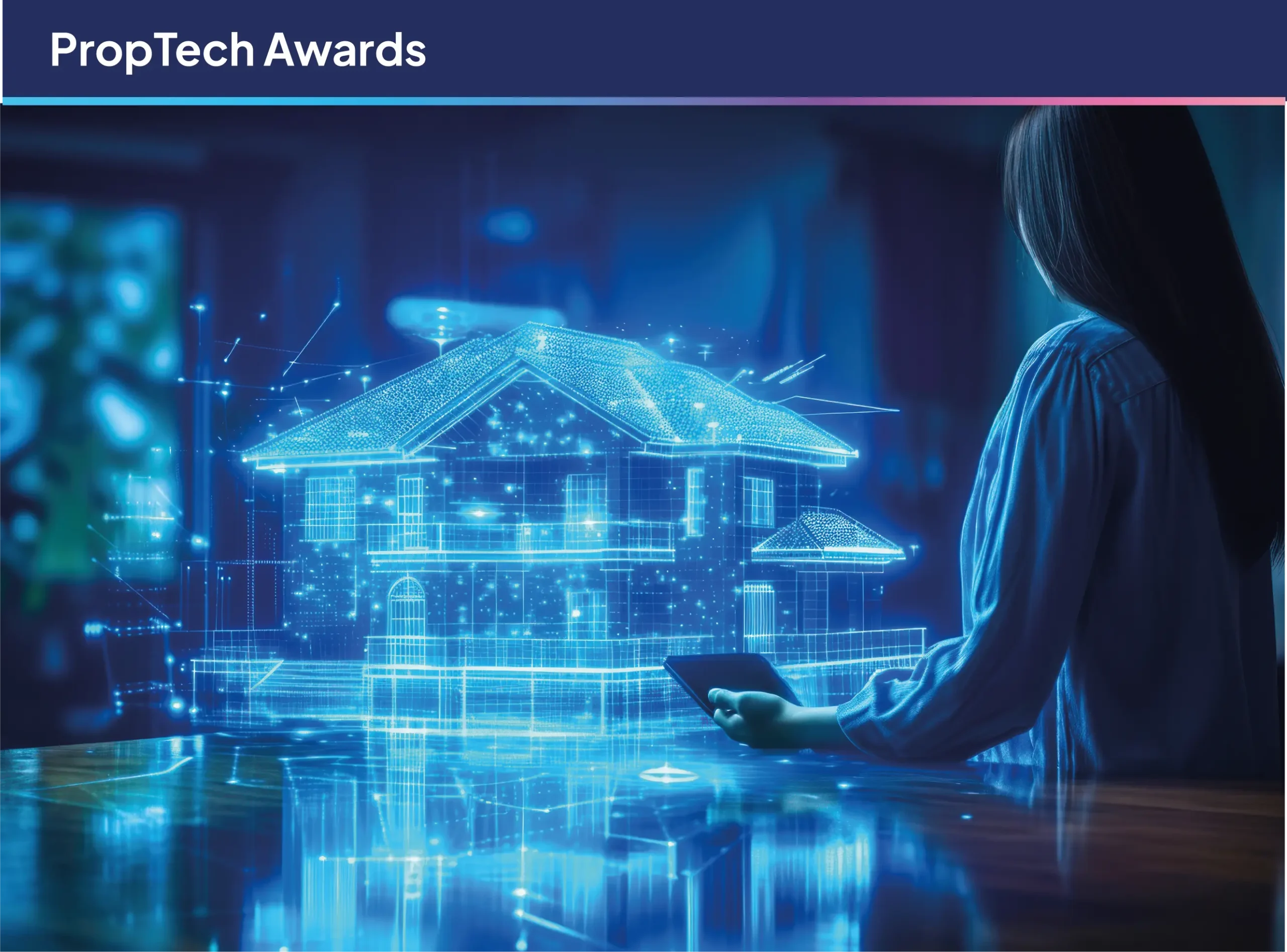In June 2022, the UK government launched its Roadmap for Digital and Data, which set a vision for modernising the top 75 public services. These services rely on digital platforms of varying age and complexity, which will need to be carefully analysed and modernised to achieve the government’s goals.
Jumar, who specialise with complex modernisation programmes, believe that systems should not fail and must continue to provide their service during a modernisation process. They believe that systems need to built and maintained over the systems lifetime.
With that in mind, Jumar have provided their insight key aspects that need to be taken in consideration when implementing a programme of this nature.
As with any digital transformation program, it is important to have clear, achievable goals and realistic timelines. This will increase your chances of success and help all stakeholders understand and contribute effectively.
Once you have clear goals and timelines, agree on an approach to modernising the various elements of your technology stack. This could involve replacing, rewriting, or replatforming existing systems. Each approach has different demands on technology, finances, and people across the organisation. By resolving these questions early on, you can plan more effectively with all stakeholders.
In a modernisation project, it can be tempting to add new functionality, but this can add complexity and cost. The value of modernisation often lies in the flexibility and maintainability of the future solution, which will make it easier to integrate with other systems and support future requirements. It is usually cheaper to build in the capabilities to add or amend functionality later, in parallel efforts.
Automate as much of your development, testing, and deployment processes as possible. This may require some piloting in the early stages, but it will pay off in the long run by improving the consistency and repeatability of your processes and saving you time and effort.
If possible, break down your modernisation project into smaller pieces of work. This approach, called functional isolation, can help you identify specific elements of your systems that can be safely modernised and interfaced with the legacy core. This can reduce the risk of issues when commissioning the new platforms, which is an important consideration for business-critical applications that support key public services.
Every legacy modernisation project is unique, with its own set of challenges, dependencies, and stakeholders. By anticipating these challenges and having experience in legacy modernisation, you can significantly increase your chances of success.
If your legacy systems are holding back your future plans, visit us at booth 15 or contact us through our website.


